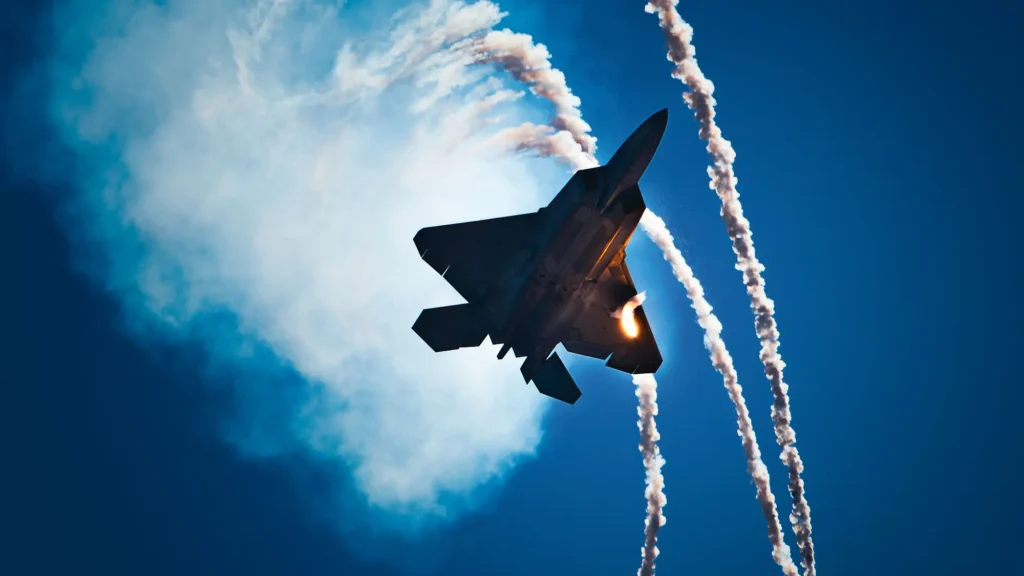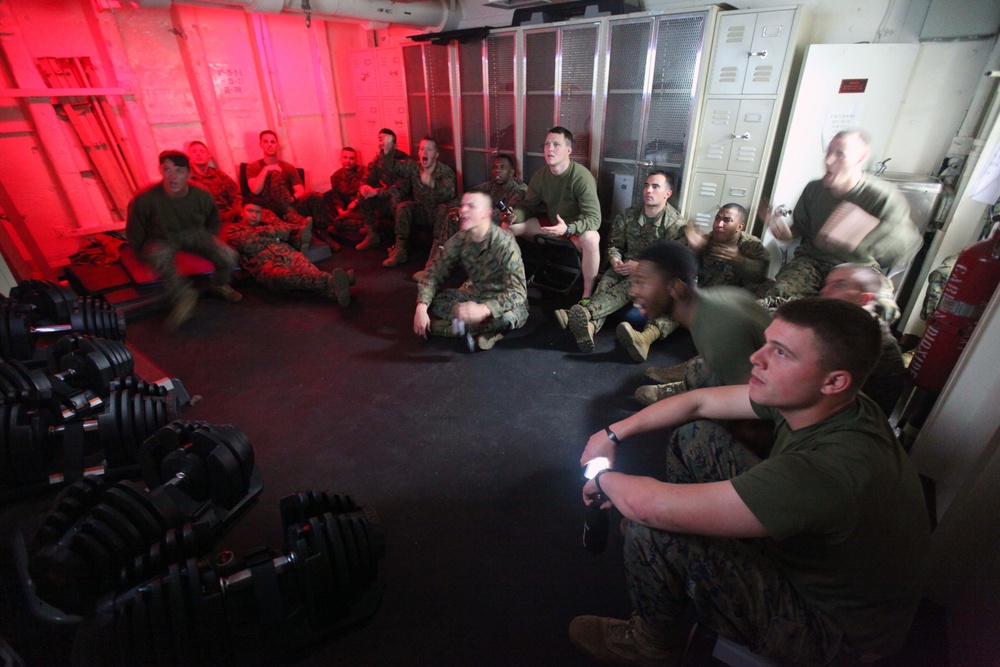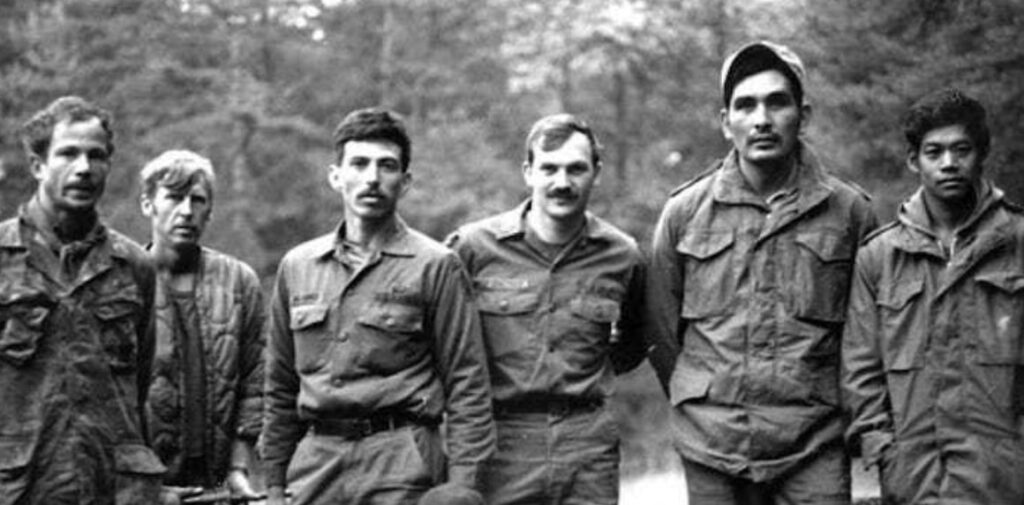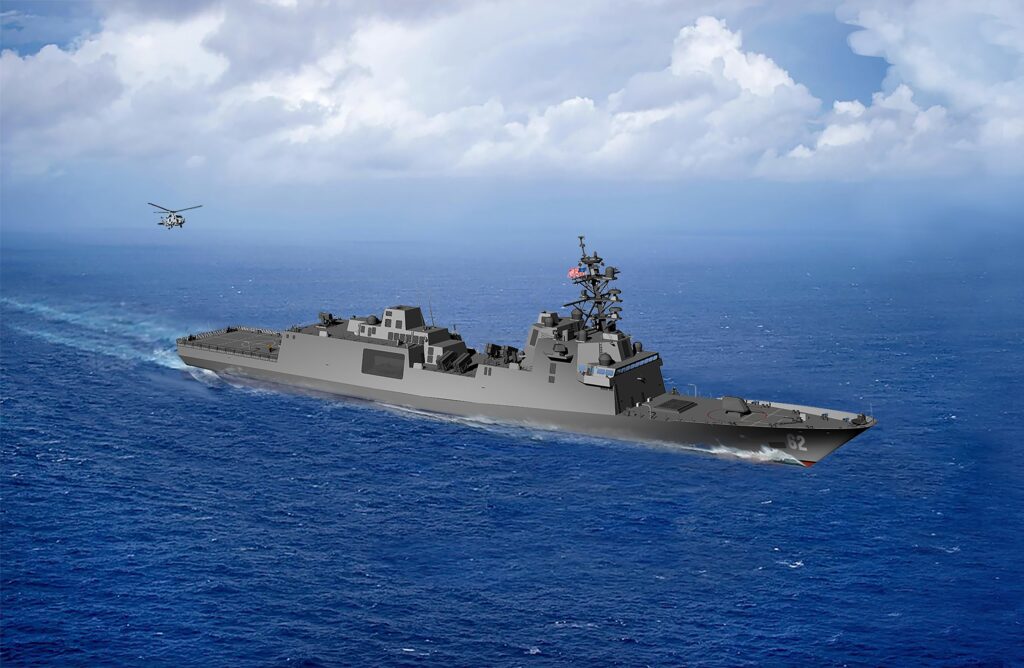The ‘Great Raid’ liberated more than 500 POWs
- By We Are the Mighty
Share This Article

The Raid at Cabanatuan, also known as the Great Raid, holds a reputation for being one of the most daring and successful rescue missions in American military history. This daring raid was conducted by U.S. Army Rangers, Alamo Scouts, and Filipino guerrillas during World War II. The objective was clear. Liberate more than 500 Allied prisoners of war (POWs) and civilians from a Japanese-run POW camp near Cabanatuan City in the Philippines. This remarkable feat was a testament to the courage, resourcefulness, and determination of the U.S. Army Rangers, as well as the vital role played by the Filipino guerrillas.

The Philippines fell to Japanese control in 1942. At that time, thousands of U.S. and Filipino soldiers became prisoners of war. The prisoners were subjected to the infamous Bataan Death March, during which many died from exhaustion, disease, or execution. Those who survived were taken to various POW camps, with one of the most notorious being the Cabanatuan camp. By late 1944, the camp held over 5,000 POWs, most of whom were American, British, Dutch, and Australian.
With the return of General Douglas MacArthur to the Philippines in October 1944, the liberation of the islands began. To prevent the rescue of POWs, the Japanese implemented a “kill-all policy.” Without mercy, they ruthlessly slaughtered the remaining prisoners. Fearing a similar fate for the POWs at Cabanatuan, U.S. Army leaders decided to launch a rescue mission.
The Raid

Lt. Col. Henry Mucci led the 6th Ranger Battalion on the mission. Additionally, Mucci was joined by a team of elite Alamo Scouts. The scouts were responsible for reconnaissance and intelligence gathering. Later, Filipino guerrillas led by Captain Juan Pajota, joined the effort. The guerrillas provided invaluable assistance in planning and executing the mission.
Related: Samuel Dreben was one of the bravest men of the 20th century
Planning and execution
Mucci and his team took their time planning the raid. They developed several con-ops and relied heavily on Scout intel and the guerrillas’ local knowledge. The plan was risky and required the team to move through miles of enemy-held territory. So, on January 28, 1945, 121 U.S. Army Rangers and Scouts teamed up with about 200 Filipino guerrillas. Together, they rucked 30 miles deep into enemy lines. Even though they faced insurmountable odds, the mission was a success. The raiding party successfully evaded Japanese patrols navigated the treacherous terrain and reached their objective the following evening.
The rescue
On January 30, the rescue operation commenced. A P-61 Black Widow aircraft provided the cover the Rangers, Scouts, and assembled team needed. With the aircraft flying overhead, the Japanese guard’s attention was elsewhere. This allowed the team to launch a surprise attack on the camp. The assault was swift and decisive, catching the enemy off guard. Within 30 minutes, the Rangers, Scouts, and guerrillas had killed more than 250 Japanese soldiers and secured the camp.
Return to safety
The liberated POWs, many of whom were in poor health, were provided with medical attention before being evacuated. Despite their weakened state, the former prisoners, assisted by the Rangers and guerrillas embarked on a perilous journey back to friendly lines. The group encountered several skirmishes with Japanese forces during their trek. Ultimately, all 513 rescued POWs, along with the raiding party, reached safety on February 1.
The Raid at Cabanatuan not only saved the lives of hundreds of POWs and illustrated the effectiveness of cooperation and coordination between all those involved.
The political and strategic implications of the raid

The success of the raid had significant political and strategic implications. It demonstrated the United States’ commitment to its allies in the Pacific theater. Additionally, the raid had a profound impact on the morale of the Allied forces and the Filipino population. Both groups became emboldened by the successful operation.
The raid illustrates an example of an entire population coming together to thwart the enemy. In fact, the participation of Filipino guerrillas, who risked their lives to assist the U.S. Army Rangers and Alamo Scouts, was critical to the mission’s success. The guerrillas’ knowledge of the local terrain, culture, and language was essential to the operation. Equally, their fierce determination to defeat the Japanese provided the raiding party with crucial support.
The importance of surprise and diversion
Furthermore, the element of surprise was crucial to the mission’s success. Careful planning meant the Rangers, Scouts, and guerrillas caught the Japanese off guard. The diversion provided by the P-61 Black Widow aircraft also played a significant role. It allowed the raiding party to breach the camp’s defenses with minimal opposition.
Leadership, skill, and determination
The leadership of Lieutenant Colonel Henry Mucci, the skill of the Alamo Scouts, and the determination of the 6th Ranger Battalion were also instrumental in the mission’s outcome. The team’s expertise, tactics, and commitment led to a successful operation, saving hundreds of POWs. The Raid at Cabanatuan shows the value of intelligence, local knowledge, and collaboration in high-stakes missions. Its legacy inspires future military generations to persevere, collaborate, and remain dedicated to their country.
This article by Jessica Evans was originally published by We Are the Mighty.
Read more from Sandboxx News
Related Posts
Sandboxx News Merch
-

‘AirPower’ Classic Hoodie
$46.00 – $48.00 Select options This product has multiple variants. The options may be chosen on the product page -

‘Sandboxx News’ Trucker Cap
$27.00 Select options This product has multiple variants. The options may be chosen on the product page -

‘Kinetic Diplomacy’ Bumper Sticker (Black)
$8.00 Add to cart
We Are the Mighty
Related to: Military History

America’s first 6th-gen fighter jet will be Boeing’s F-47, Trump just announced

3 new TV shows to watch to make service time pass faster

Delta Force Assessment and Selection: Spending nights at base camps

The US Navy is forced to wait on its new flagship frigate
Sandboxx News
-

‘Sandboxx News’ Trucker Cap
$27.00 Select options This product has multiple variants. The options may be chosen on the product page -

‘AirPower’ Classic Hoodie
$46.00 – $48.00 Select options This product has multiple variants. The options may be chosen on the product page -

‘AirPower’ Golf Rope Hat
$31.00 Select options This product has multiple variants. The options may be chosen on the product page -

‘Sandboxx News’ Dad Hat
$27.00 Select options This product has multiple variants. The options may be chosen on the product page
